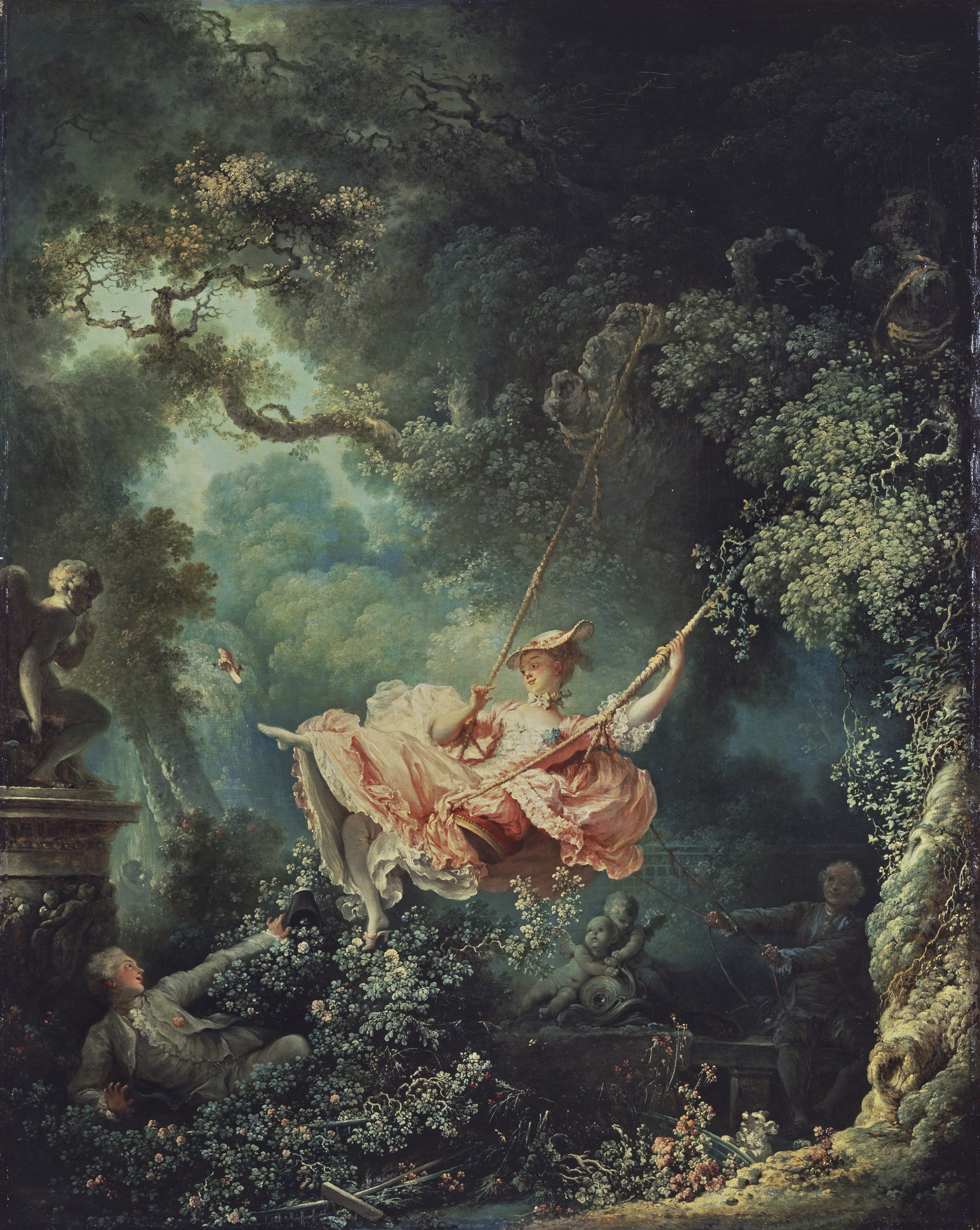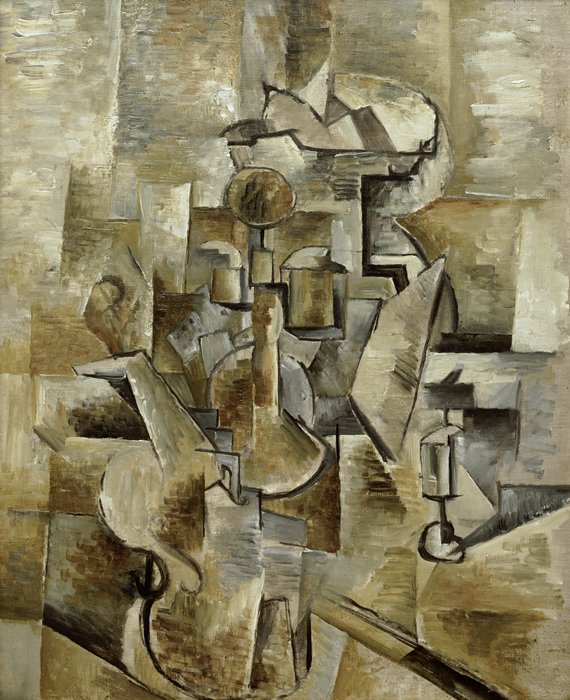The
first type of art to flourish in France was Gothic during the 11th and 12th century. This
is personally my favorite out of all types of art and architectures throughout
art history as I enjoy the strangeness of the art and how it is used in
cathedrals. This art originated in France and lasted through the 12th
to the 16th century and consists of pointed arches, ribbed vaults,
and flying buttresses. A prime example would be the Notre Dame Cathedral, which
includes all of the aspects of the Gothic architecture. Another cathedral
famous for its strange and majestic Gothic look was the Chartres Cathedral.
 |
| Notre Dame Cathedral in France |
One-hundred
years later after the 16th century, the French Baroque began. This art was encouraged by the Catholic
Churches as a response to the Protestant Reformation. Simon Vouet, an artist,
was credited for bringing Baroque from Rome to Paris. This art was overly-exaggerated,
and dramatic with its grandeur sculptures, paintings, and architectures.
Rococo art during the 16th
and 17th century were considered to be immoral and indecent after
his paintings had hidden parts around the main area of the canvas. An example
of Rococo was Fragonard’s painting “The Swing” which included a woman casually
riding on a swing with extreme lighting on her complexion and dress. It looks
harmless at first, but around the woman are people attempting to look up her
skirt like a pervert, which led to bad critique of this form of art.
 |
| Fragonard, The Swing |
French Classicism then came after Rococo, which
required paintings to be extremely proportionate and sobriety, so basically… no
fun. This led to Neo-Classicism,
which was the total opposite of Rococo in that it used appropriate paintings.
The brush strokes had to look smooth and proportional, as well as the use of
Greek and Roman forms of iconography. This form of art was also the birth of
the Enlightenment.
Romanticism
is also one of my favorite forms of art in France, as it required much time and
effort with little brief brush strokes. Romanticism
began in France during the 19th century and used loose and flowing
brush stokes to compose a colorful and emotional picture. A famous Romanticist
artist was Delacroix, who was rebellious and had paintings full of emotions,
color, and loose brushwork.
 |
| Thomas Cole, Voyage of Life Youth |
Impressionism then came after; it was first as
a rebellion against the established artistic standards of the Academy. This
form of art was not necessarily realistic, but full of color and unique brush
stroke technique. A famous artist was Monet, a French painter who rejected
traditional approach to landscape painting.
Cubism came during the early 20th
century, Picasso made this famous along with Georges Braque; they were
inspired by Cezanne, Monet, and Manet. Picasso’s art was revolutionary and
controversial, as it led to anger and disagreement with his friends. The faces
of the people he painted was thought to be influenced by African, tribal masks
as it looked very unusual. However, Picasso denies.
 |
| Georges Braque, Violin and Candlestick |









1 comments:
Nice blog... keep-up the good work... May I share a blog about Mount Fuji in http://stenote.blogspot.com/2018/04/mount-fuji-at-5th-station_14.html
Watch also the video in youtube https://youtu.be/qOt2CxlZig8
Post a Comment